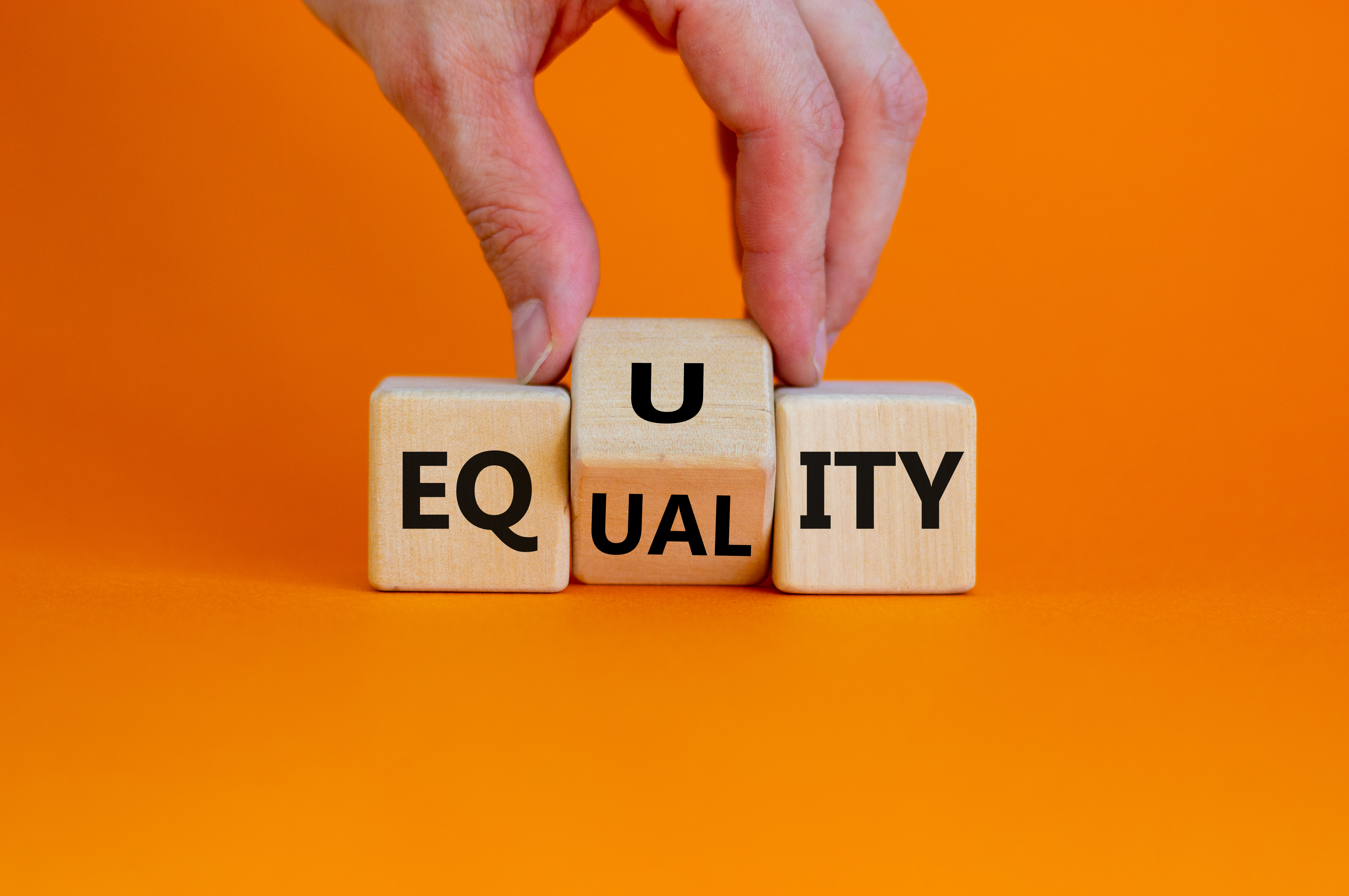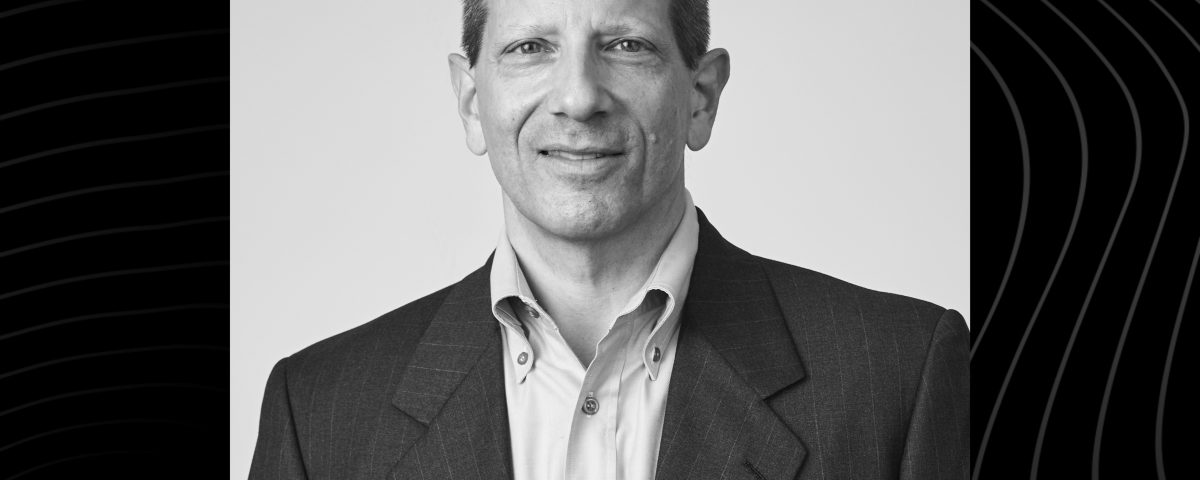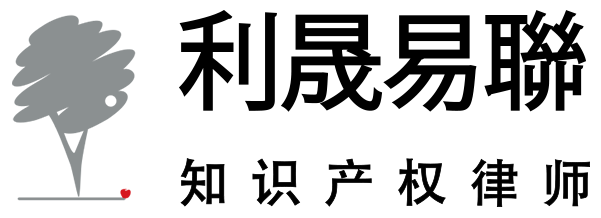
Melvin Garner To Speak On Diversity At Joint NYIPLA And NYIPLEF Program
2021 年 01 月 28 日
Matthew Frisbee To Speak On INTA Webcast
2021 年 02 月 26 日PRO BONO SPOTLIGHT: ROBERT ISACKSON AND NYIPLA


In this edition of Pro Bono Spotlight, we’re focusing on Robert Isackson and his recent amicus brief work for the New York Intellectual Property Association (NYIPLA). Rob has been a partner at Leason Ellis since he joined the firm in 2018. This year, he is president-elect of the NYIPLA, a non-profit, ninety-nine-year-old legal professional bar association in the New York region whose mission includes advocating for the development and administration of patent, trademark, copyright, and other intellectual property law. Traditionally, the NYIPLA has been one of the largest regional IP bar associations in the United States, and an organization he has served for nearly 30 years.
While NYIPLA is not a charitable organization, the pro bono work it does, including the development of amicus briefs, significantly impacts intellectual property law and intellectual property rights holders in a variety of fields of industry. Until recently, Rob was co-chair of, and now serves as the Board liaison to, the NYIPLA Amicus Briefs Committee. In that role he helped draft a number of briefs on behalf of the NYIPLA that were filed in federal circuit courts and in the Supreme Court in IP cases that were among the most consequential intellectual property rights decisions of the last decade. “We pick issues of law that are important to the IP community so the brief is advocating what we think is the right legal standard to apply.” In 2012, as part of the America Invents Act (AIA), Congress created the Patent Trial and Review Board (PTAB) and established Administrative Patent Judges (APJ) to adjudicate the challenges. Since its inception, the PTAB has decided about 10,000 cases. In a 2019 case, Arthrex v. Smith & Nephew, a question came up as to whether the installation of the APJs was a constitutional appointment of administrative patent judges under the act. In the Arthrex appeal “we did not submit a brief on the merits because we didn’t think we had a story to add to what the parties were already arguing. But, for the petition for certiorari we did have a voice—we saw it as an issue that needed to be heard and decided by the Supreme Court.”
The brief questioned whether the court below, the Federal Circuit Court of Appeals, had applied the proper legal test regarding whether APJs were actually “superior officers” that had to be appointed by the President or “inferior officers” who could be appointed by a superior officer appointed by the President, here the Secretary of Commerce or the Director of the U.S. Patent and Trademark Office. At stake are hundreds, and possibly thousands of PTAB decisions that might have to be reheard by constitutionally appointed APJs if the Federal Circuit’s decision is left undisturbed.
More recently, on January 25, 2021, NYIPLA filed a brief urging the Supreme Court to grant a petition for certiorari in the American Axle & Manufacturing Co. Inc. v. Neapco Holdings LLC case, to clarify the law of patent eligibility under Section 101 of Patent Act. At issue in this case is whether the asserted patent claims are merely directed to a natural law, and thus not patent-eligible, or directed to a practical application of that natural law and thus patent-eligible. Among other things, NYIPLA argued that the lower court, in applying the Supreme Court’s 2014 test for patent eligibility, reached a result that is inconsistent with a 1981 decision by the Supreme Court in Diamond v Diehr concerning whether an invention involving an application of a law of nature was patent-eligible. NYIPLA stressed the need for Supreme Court guidance to provide stakeholders with consistency and predictability in assessing patent-eligibility under Section 101. Interestingly, a few days after the NYIPLA filed its amicus brief, the Supreme Court ordered Neapco to file an opposition to American Axle’s petition, something Neapco had previously waived, indicating that the case has caught the attention of at least one Supreme Court Justice. The issue of patent eligibility has been a hotly debated issue in patent cases for the last couple of decades. The US Patent Office has acknowledged that the case law is too inconsistent to provide it with clear guidance. And the US Congress has been discussing legislation to amend Section 101 to provide the clarity that the courts have not yet been able to deliver.
